|
Our 8th day in Egypt was spent in ancient Aswan, the southern-most city in Egypt with a population of approximately 300,000. This city is considered to be one of the driest, sunniest and hottest places in the world and as such, our early morning excursion began at 7:00am to try and avoid the mid-day heat. Our morning destination was the famous Aswan Quarry, the preferred source for granite throughout Egypt in ancient times. The quarry, which is now an open-air museum and archaeological site in the city of Aswan, was a short 5 minute drive from where our Nile Cruise ship, the MS Farah, was docked. The entrance to the museum is at one end of the quarry and opens into a large square at the bottom of a sloping, rocky hillside. A worn path and stone steps carved into the rock that wind around the slopes of the quarry form the trail that guides you through this ancient site. Partially carved stone blocks are scattered all along the trail, but the highlight of the museum is the massive ‘Unfinished Obelisk’ which lies on an angle along the slope of the quarry and can be seen from virtually every vantage point on the trail. It was never finished because as it was being carved from the quarry bedrock, it developed cracks and was therefore abandoned. This obelisk, had it been completed, would have stood 138 feet tall, weighed nearly 1,200 tons and been one third taller than any other obelisk in ancient Egypt. What I find mindboggling is that the obelisks that we had seen a few days earlier in Luxor, each weighing up to 500 tons, had been carved here in Aswan some 3000 years ago and transported nearly 250 kilometers to their final destination. It was 9:30am when we shuffled down the last portion of the quarry trail towards the exit of this ancient site, yet the temperature had already reached 38 Celsius. The reflection of the sun against the quarry rock intensified the sweltering heat and I couldn’t imagine what it would be like visiting the quarry in the afternoon. We left the quarry and boarded our air-conditioned van for the half hour drive south to our next destination - the Aswan Dam and Lake Nasser. The Aswan High Dam was constructed during the latter part of the 1950’s to control the seasonal flooding of the Egyptian Nile River Basin. Previously, irrigation of the farmlands along the banks of the Nile River, which flows from Sudan in the south and then northward through Upper and Lower Egypt before it empties into the Mediterranean, depended solely on natural flooding. The problem with natural flooding is that some years there was too much water which would destroy crops, while other years, there wasn’t enough water which resulted in droughts. The building of the Aswan High Dam resulted in the creation of Lake Nasser, stretching 479 kilometers to the south with a width of 16 kilometers at its widest point, making it one of the largest man-made lakes in the world. The dam, and the associated reservoir formed by Lake Nasser, allows controlled flooding to take place throughout Egypt’s Nile basin while also generating hydroelectricity contributing to Egypt’s agriculture and developing economy. One of the key cultural features at the Aswan High Dam is the Egypt-Soviet Friendship Monument, erected when the dam was completed to commemorate the cooperative effort between Egypt and the (then) Soviet Union during the dam’s construction. This magnificent sculpture reaches 70 meters high and represents the five petals of the lotus flower. The sculpture features an observation deck near its summit offering spectacular views of the dam and lake. Following our brief visit to the dam, we boarded a boat that transported us on the lake to the small island of Agika to visit the Philae Temple. Originally built during the reign of Ptolemy II, the Philae Temple is dedicated to the goddess Isis and its walls contain scenes from the Egyptian mythical story of Isis, including bringing her husband Osiris back to life, giving birth to Horus, and mummifying Osiris after his death. While the temple is currently situated on Agika, it was originally on a different island, but when the Aswan dam was being built, there was fear that it would be submerged. The Egyptian government, in conjunction with UNESCO, drained the water around the original location and moved the Temple, stone by stone, to Agika. After exploring the Temple, accompanied by running commentary from our guide and Egyptologist George, we boarded the boat to take us back to the entrance to the dam. On our way back to Aswan we made a brief stop at a store specializing in Egyptian Cotton where I purchased a high-quality tee-shirt embossed with an ancient Egyptian astrology chart. We ventured next door to an Essence shop where we enjoyed tea and received complimentary massages comprising a variety of essential oils. Blissfully relaxed and pleasantly fragranced, we left the shop and drove a few more minutes back to Aswan and our Nile cruise ship for lunch and a refreshing swim. By 2:00pm we were ready to do some more exploring in the area around Aswan. George had arranged for us to sail down the Nile towards Lake Nasser on a covered, open-air boat that picked us up at our ship. We cruised lazily up river in the mid-afternoon sunshine, enjoying a variety of light snacks and beverages that had been provided by the tour boat. Every once in a while, we would pass an iconic felucca gliding gracefully across the water, its single sail filled by the light breeze. At one point, we spotted a caravan of about a dozen camels and their riders slowly making their way along the rocky bank between the river and the mounds of sand dune to the west. We sailed for about an hour, passing in and out of small tributaries noting the oasis-like islands covered in lush grasses, palm trees and colourful plants. We eventually stopped at a small, sandy cove where the captain beached the boat, so we could get out and spend some time swimming in the Nile. The water was refreshingly cool and surprising deep just a few meters from shore. A few of the brave amongst us (I not being one) climbed atop the boat’s roof and jumped off the stern into the welcoming water below. We spent about half an hour frolicking or floating in the river as the late afternoon light shimmered against the water’s surface. Back on the boat, we air-dried in the warm breeze and continued sailing for another 15 minutes before docking for our second-last stop of the day. We exited the boat and spent a leisurely 20 minutes walking through the Aswan Botanical Gardens which featured native plants and wildlife from the area. Our last stop of the day was at a traditional Nubian village perched on a hillside on the west bank. We wandered through the village as George pointed out some of the key cultural and historic features. We passed through a courtyard and entered a small, one-room school house where we were treated to a lesson in Arabic and Nubian. We continued walking through the village and passed several small markets. George had arranged for us to have tea and snacks in one of the homes that overlooked the river. The home was the residence to an extended family which consisted of 3 generations. Along with a variety of birds that were perched around the house, the family had also made pets of several crocodiles that were kept in shallow pools. It was finally time to head back to Aswan, so we descended the steep slope of the Nubian hillside back to our awaiting boat. The ride back took about one hour but allowed us to have an unobstructed view of the sun as it slowly sank beneath the sand dunes to the west, casting brilliant hues across the water. We arrived back at the Farah shortly after 8:00pm and headed directly to the dining room for a late dinner of rice, mixed vegetables and beef kofta.
Continue to Day 8 - click here.
0 Comments
Your comment will be posted after it is approved.
Leave a Reply. |
Sharing Our Travel DreamsSharing our personal experiences onboard and on the road, along with tips and insight for creating memorable vacations. Archives
March 2021
Categories
All
|
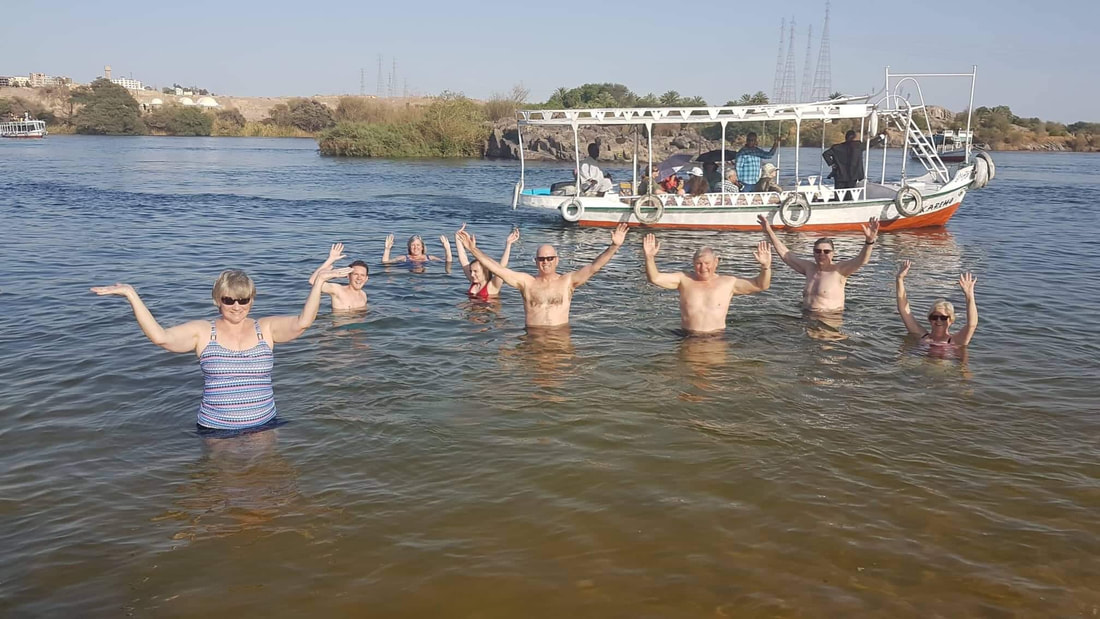
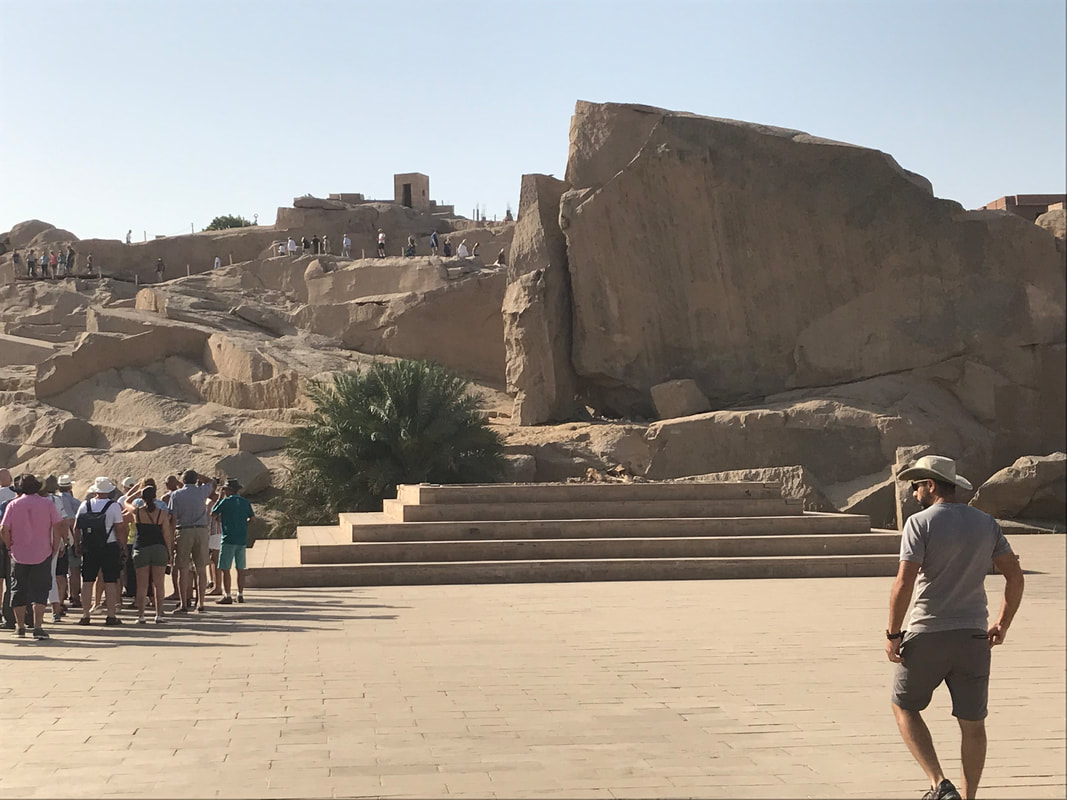
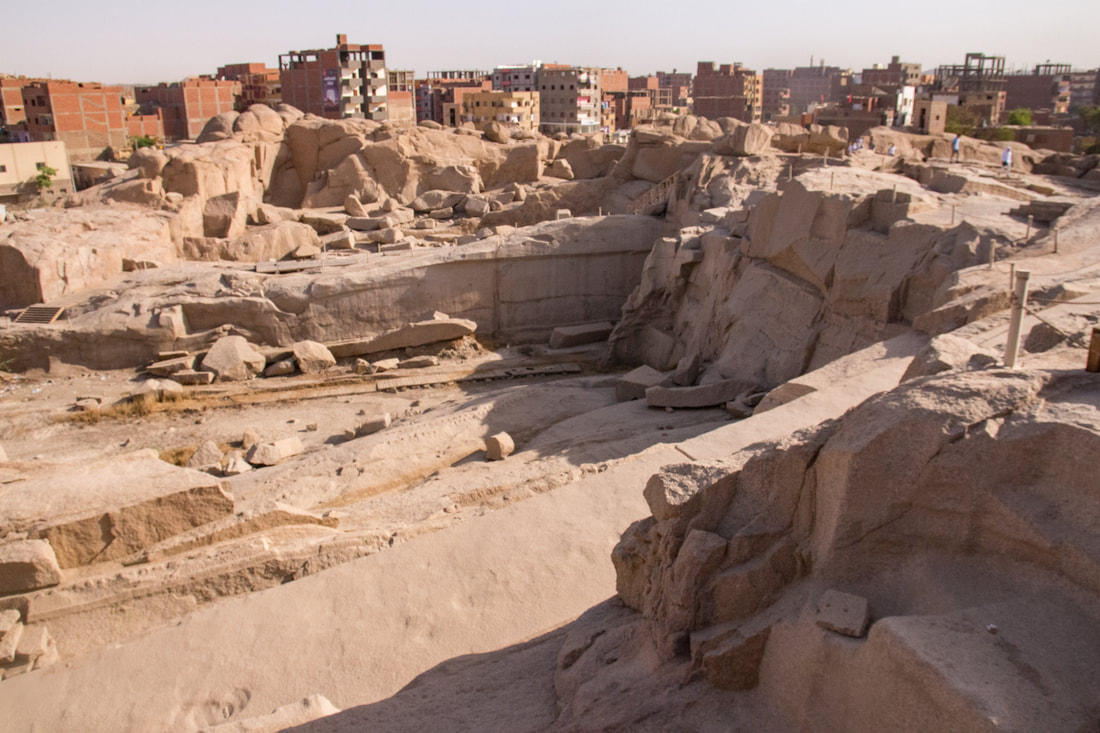
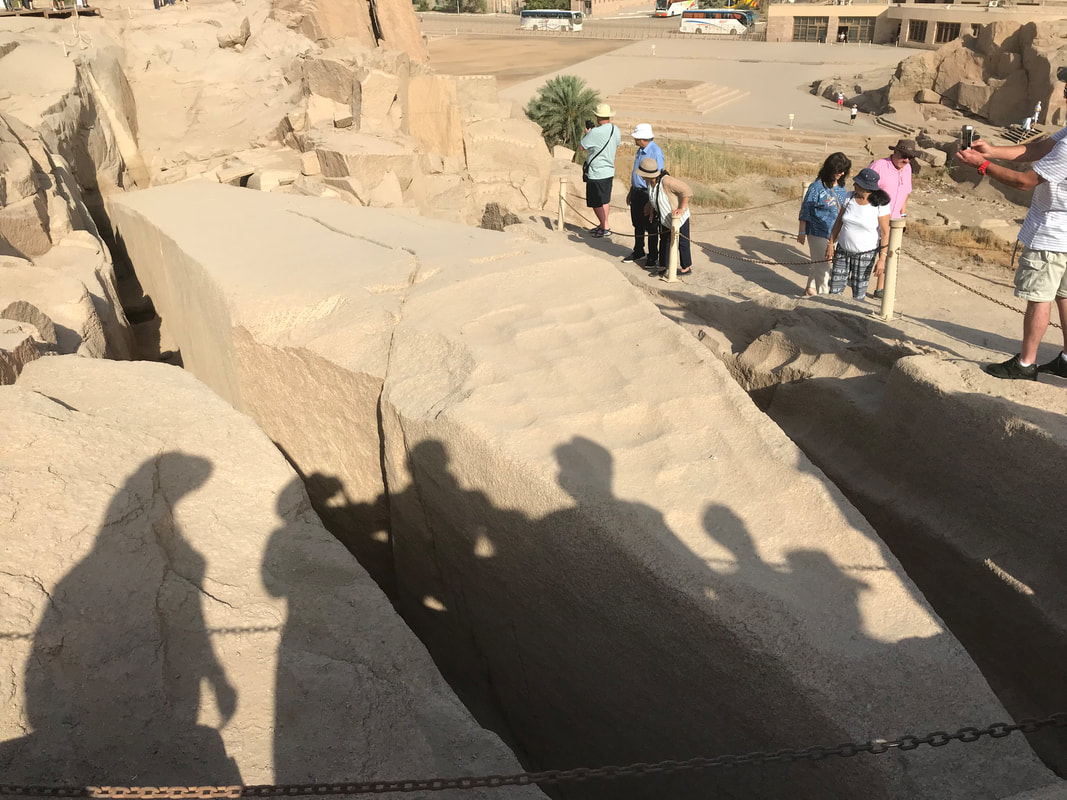
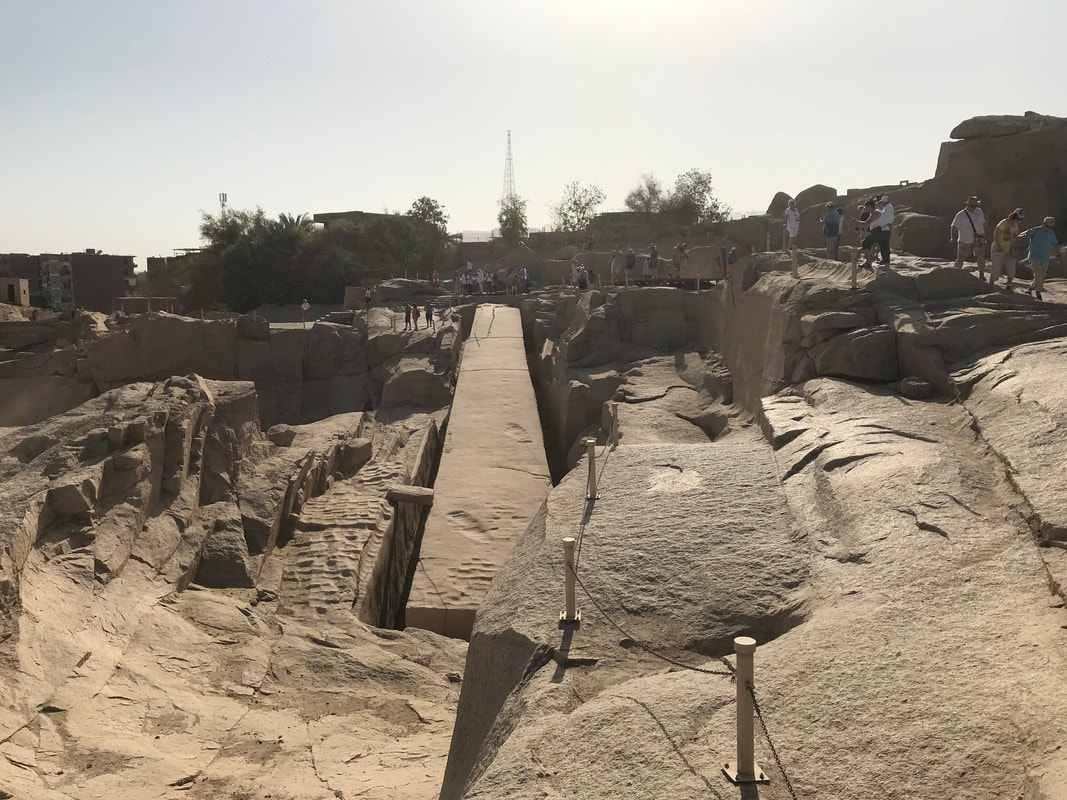
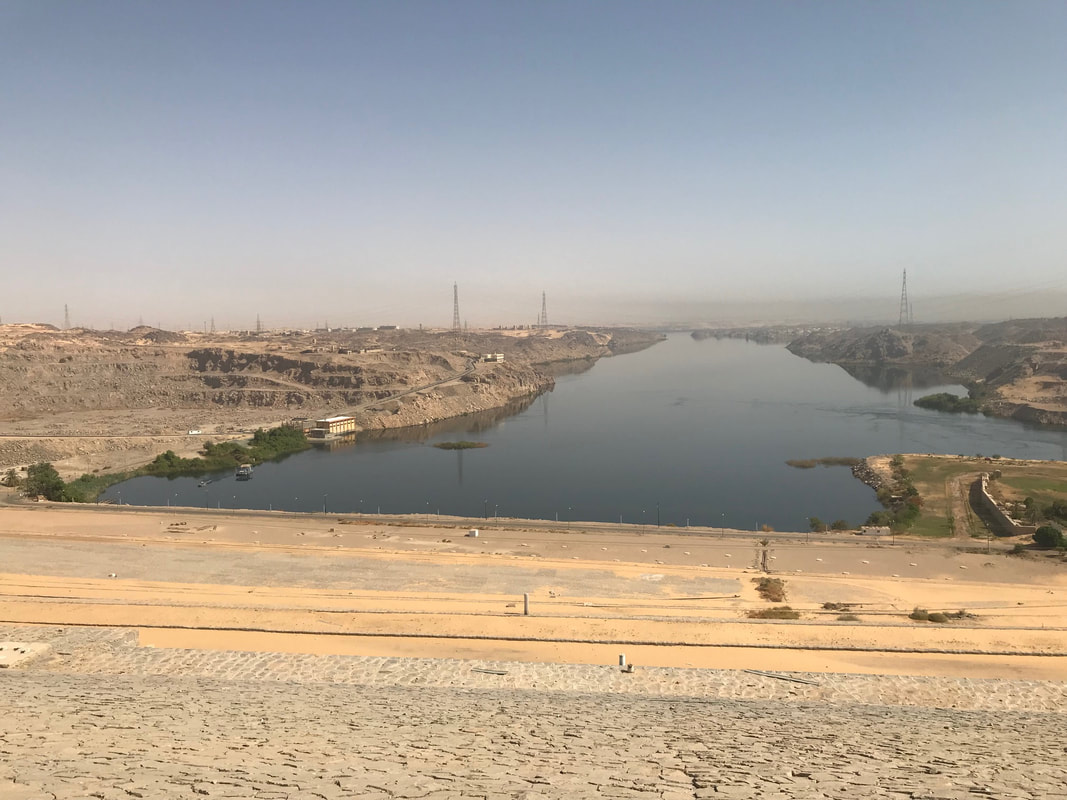
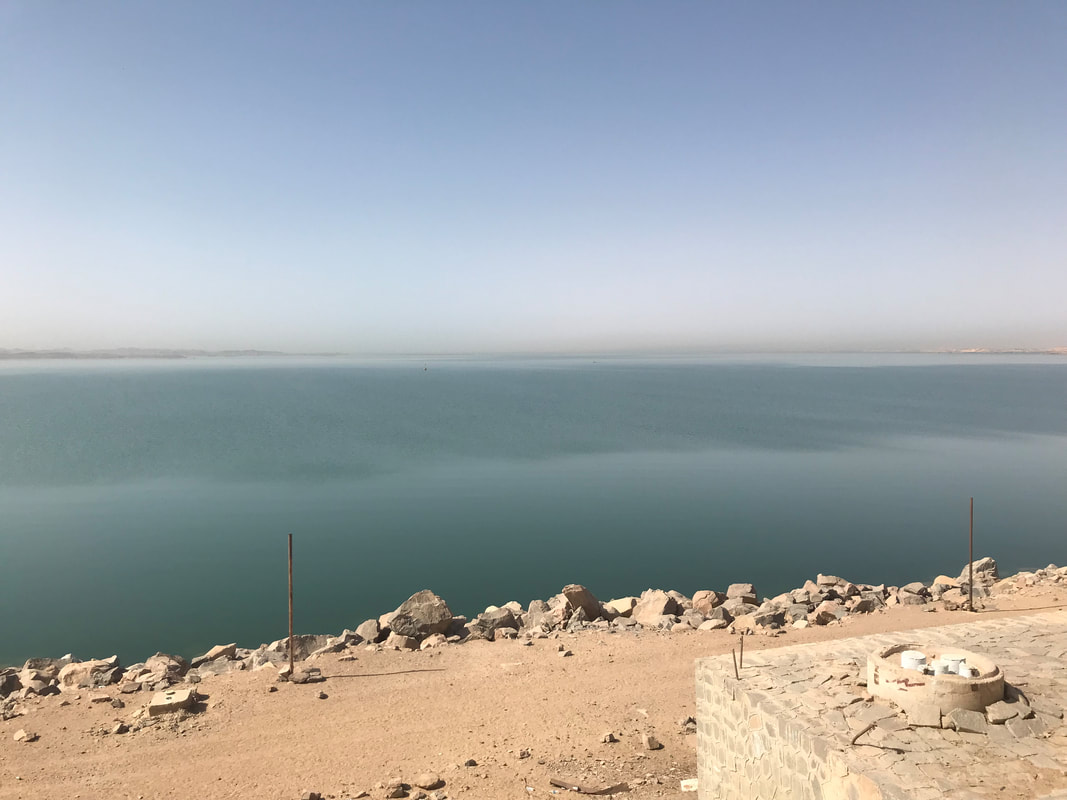
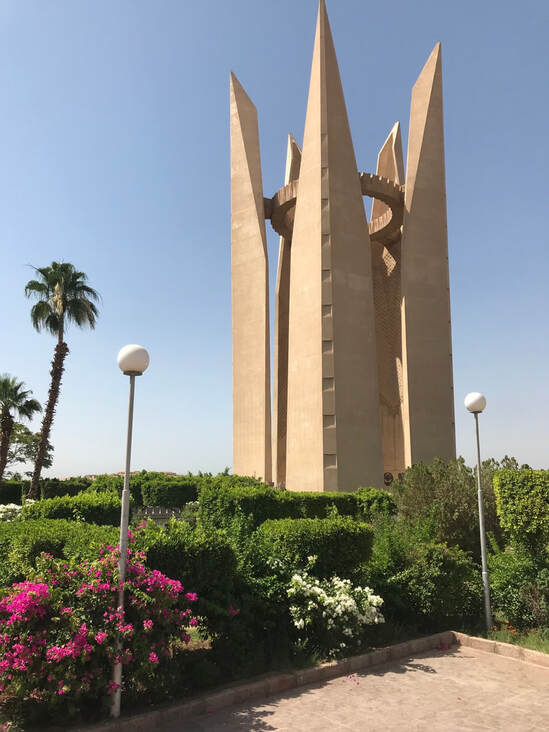
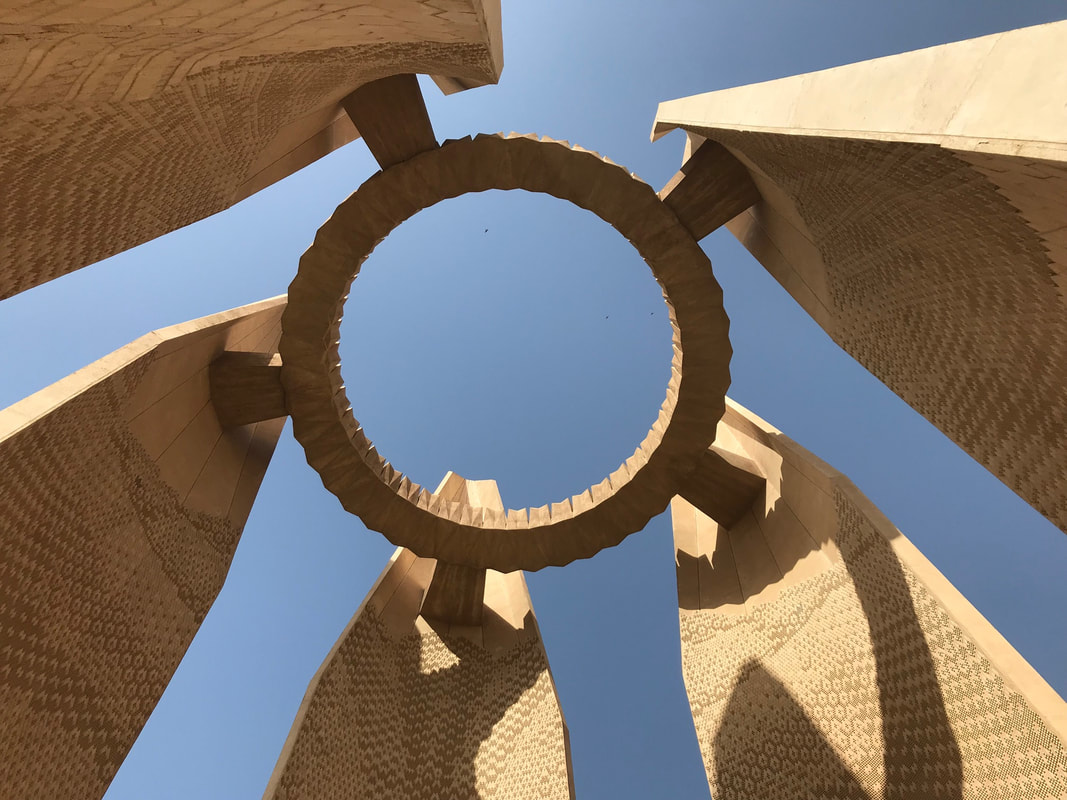
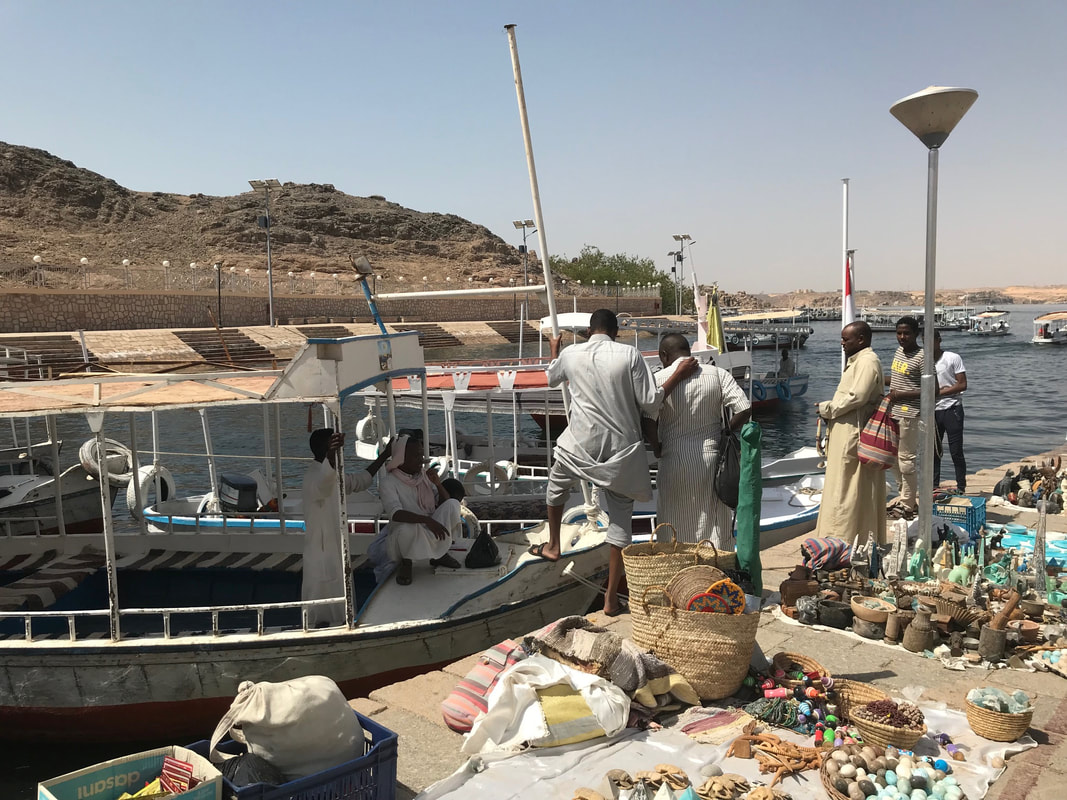
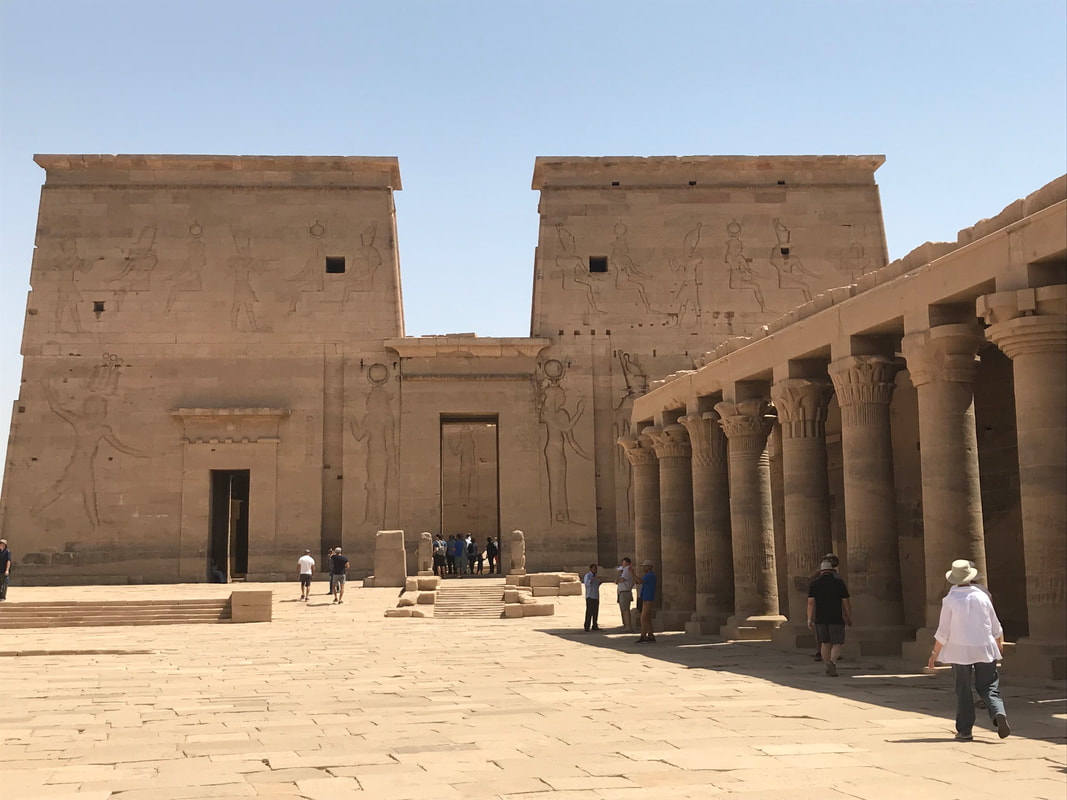
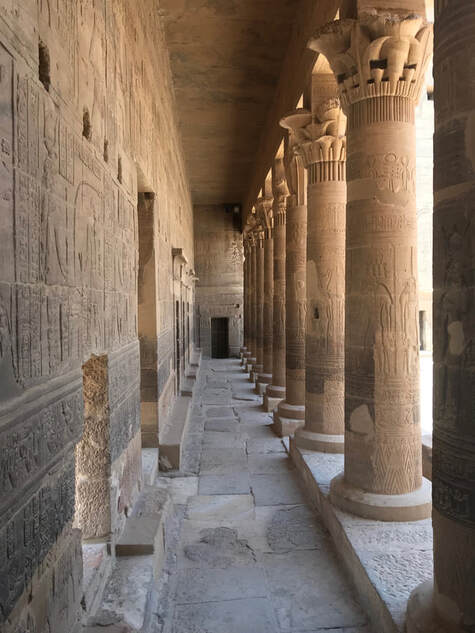
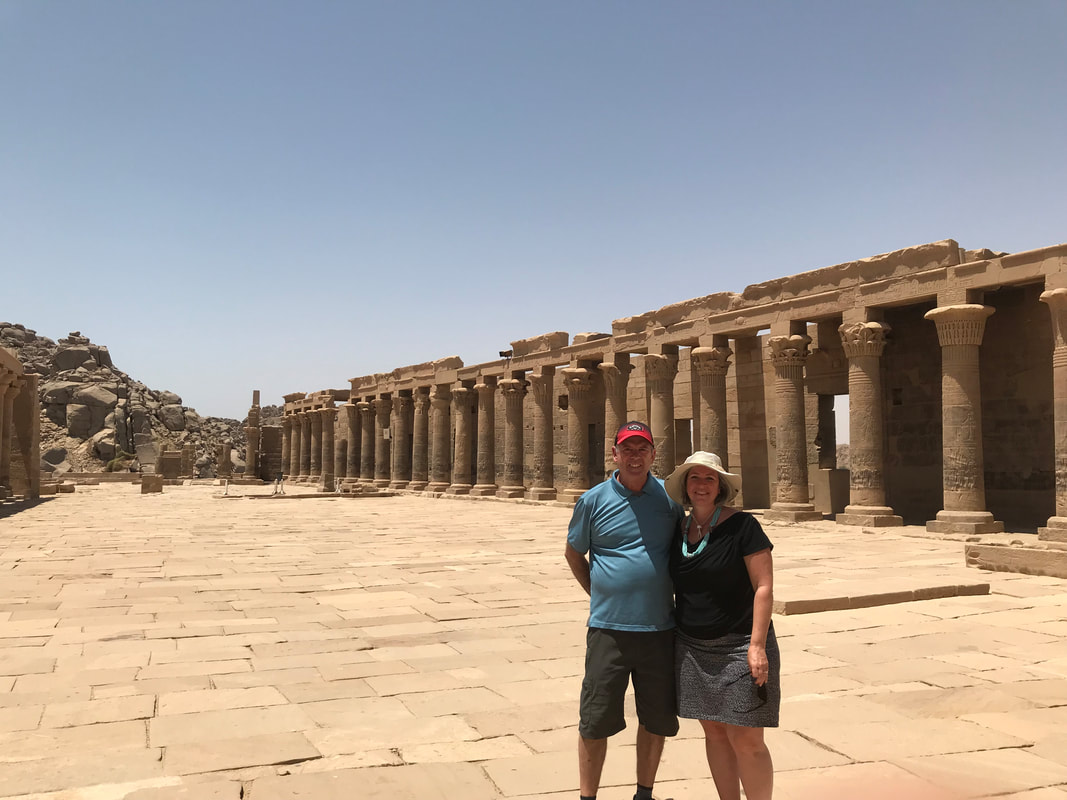
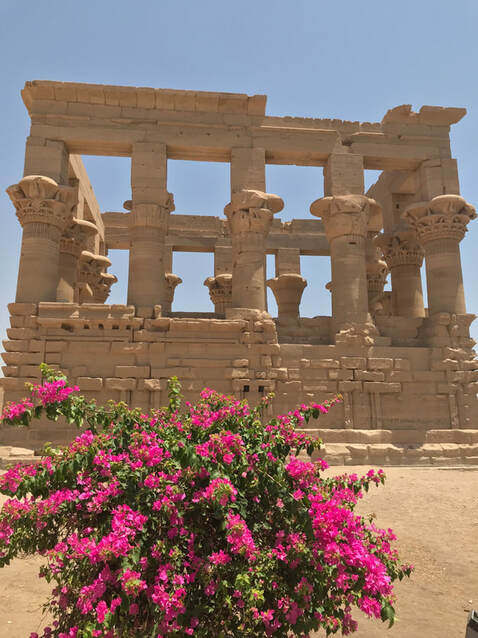
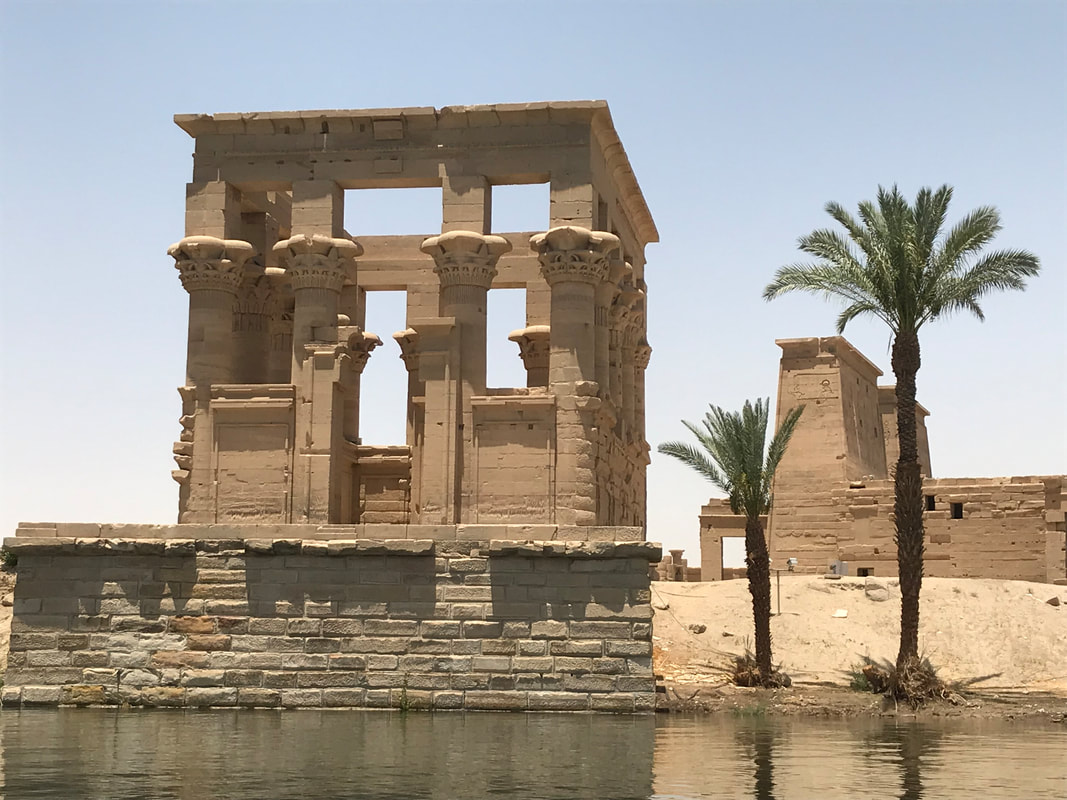
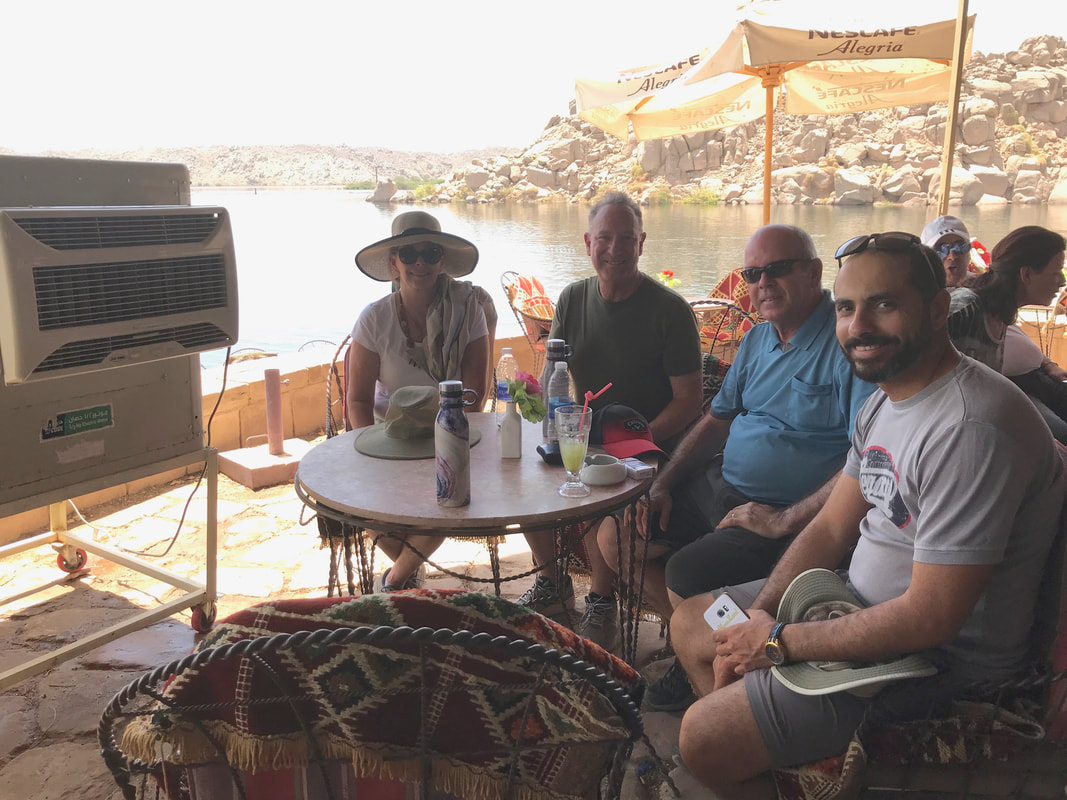
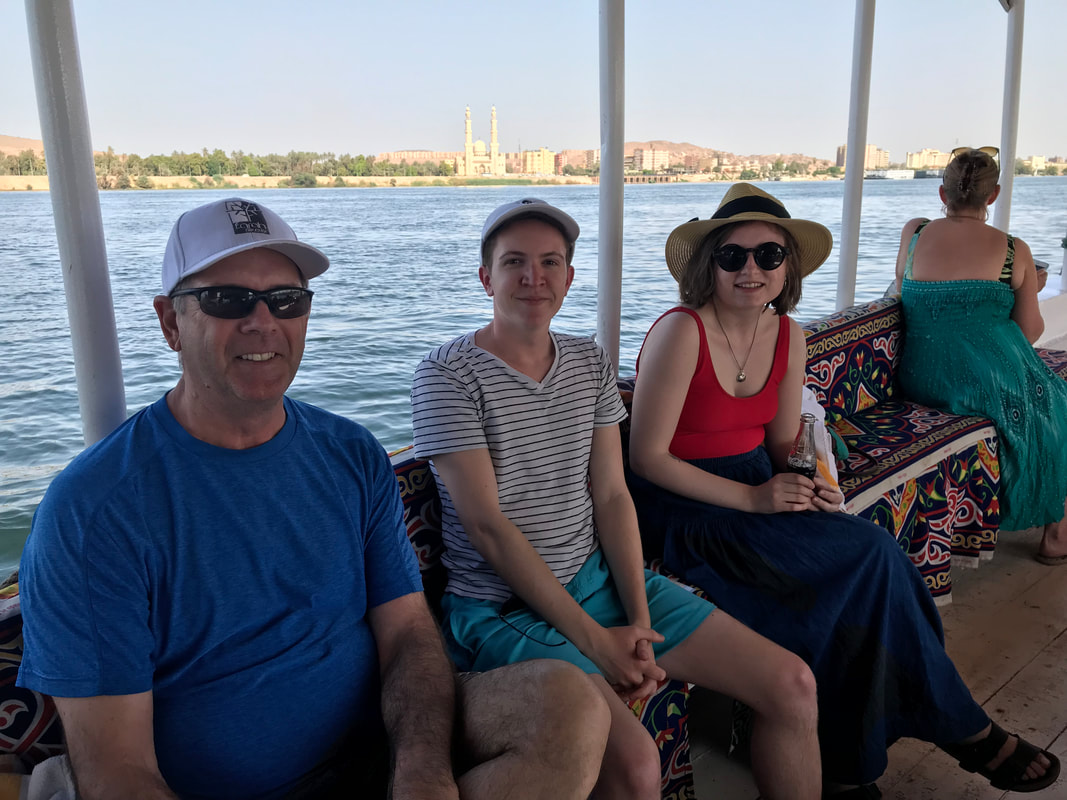
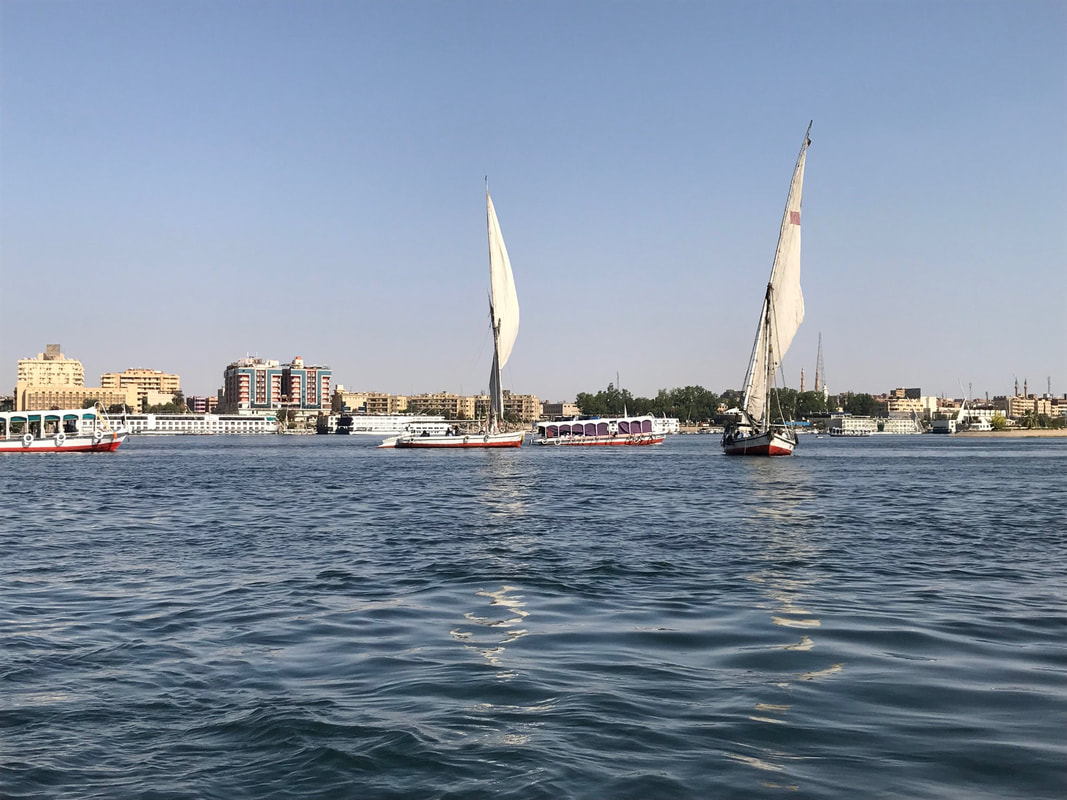
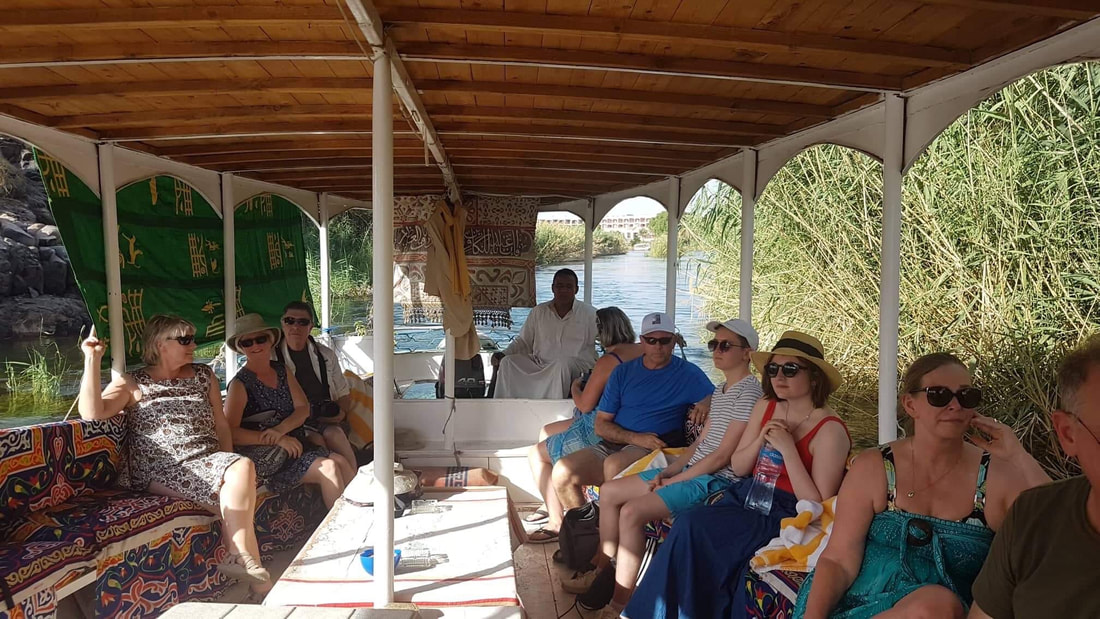
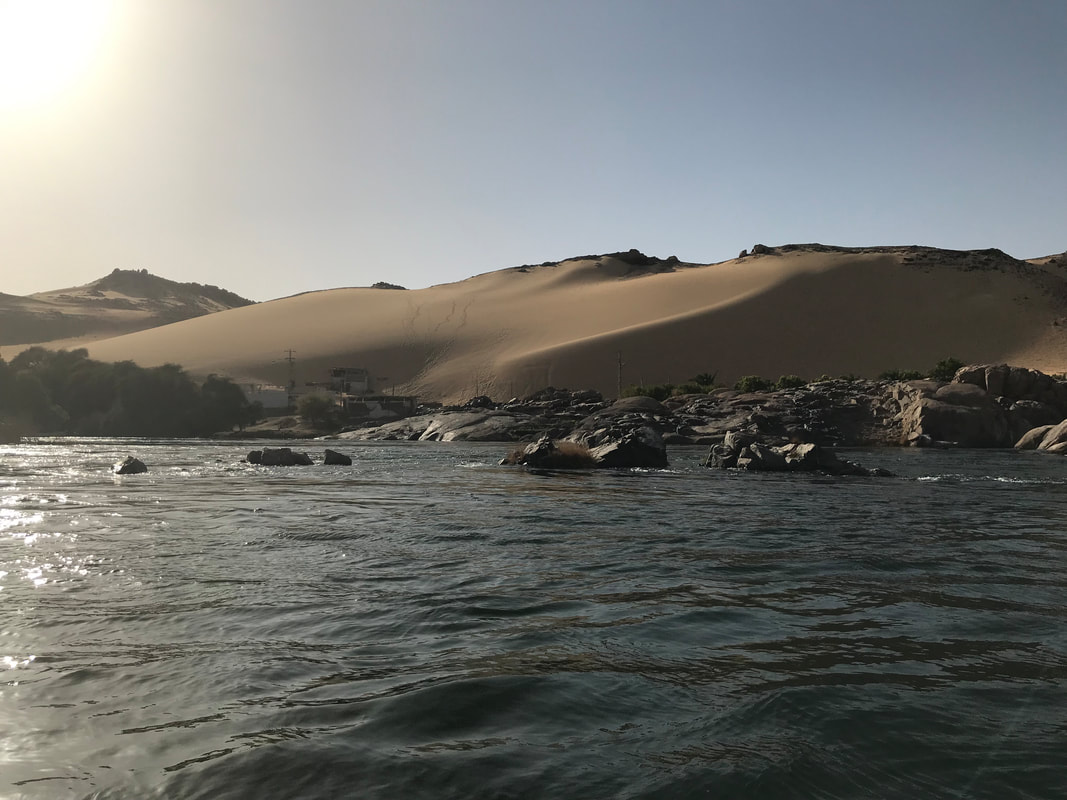
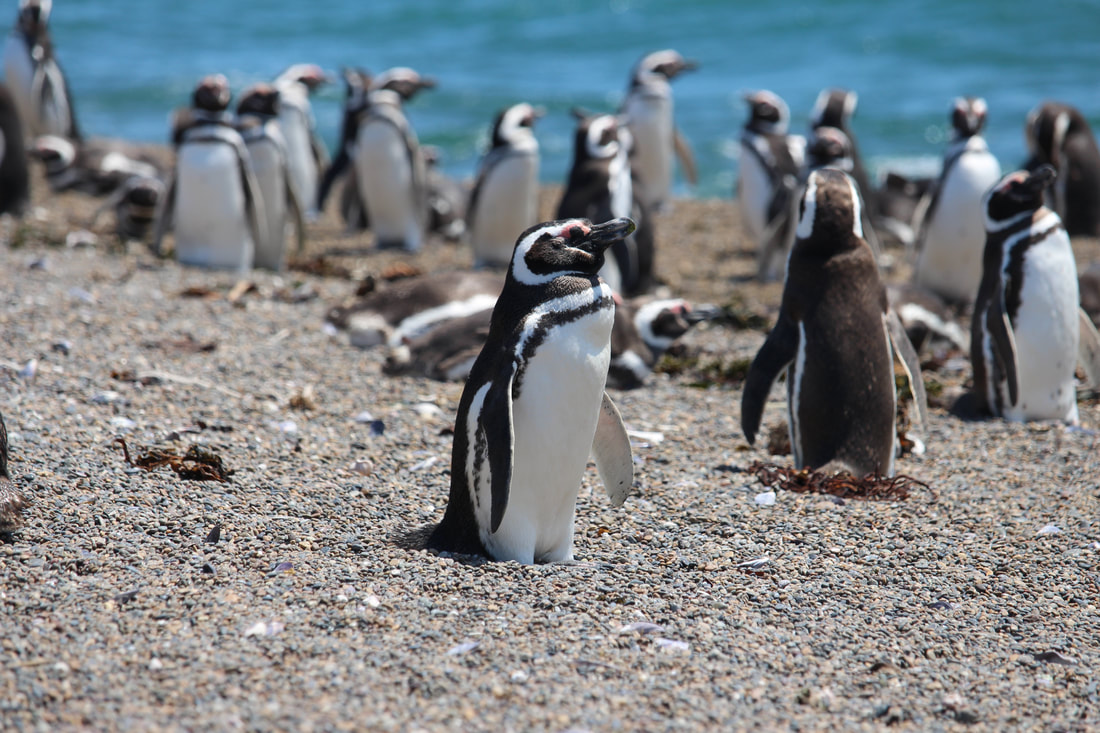
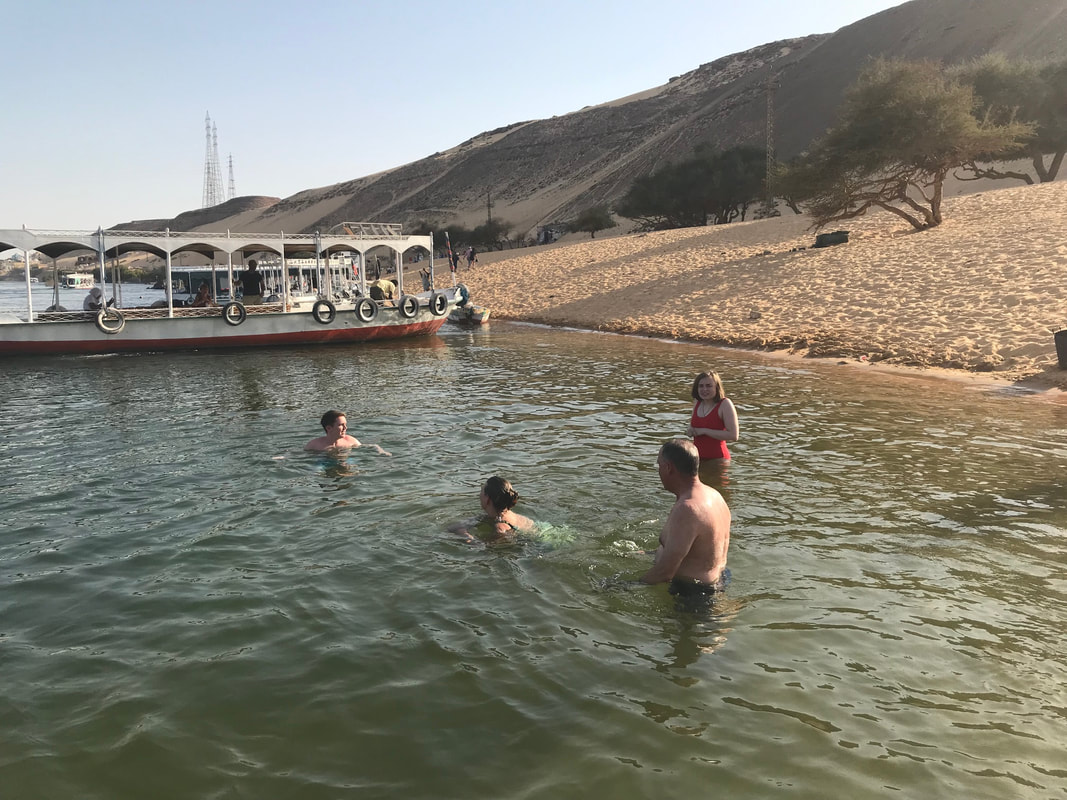
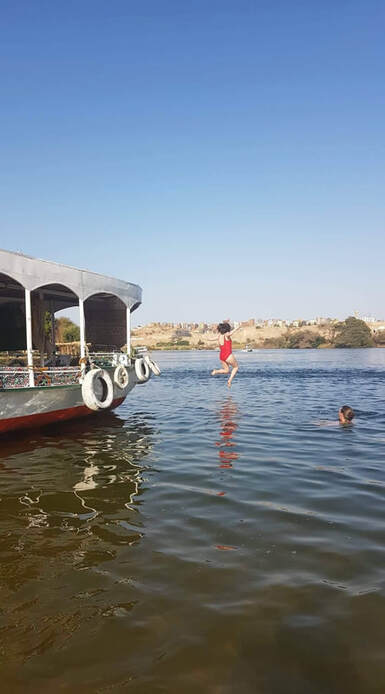
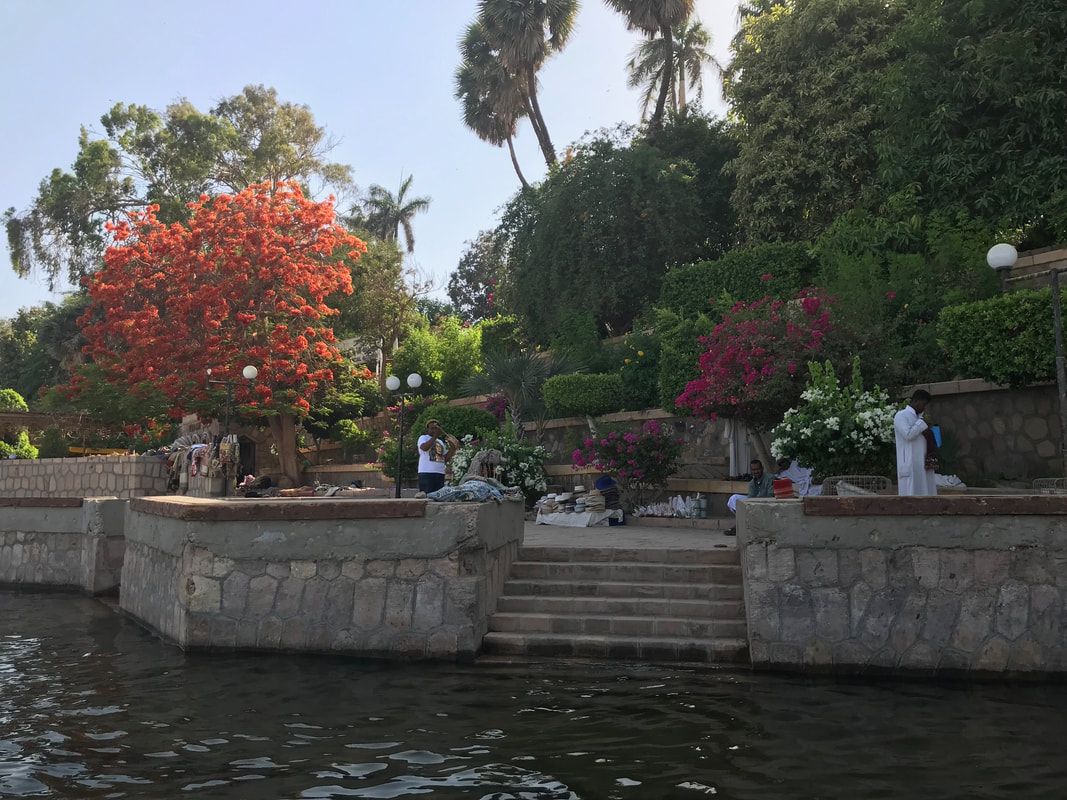
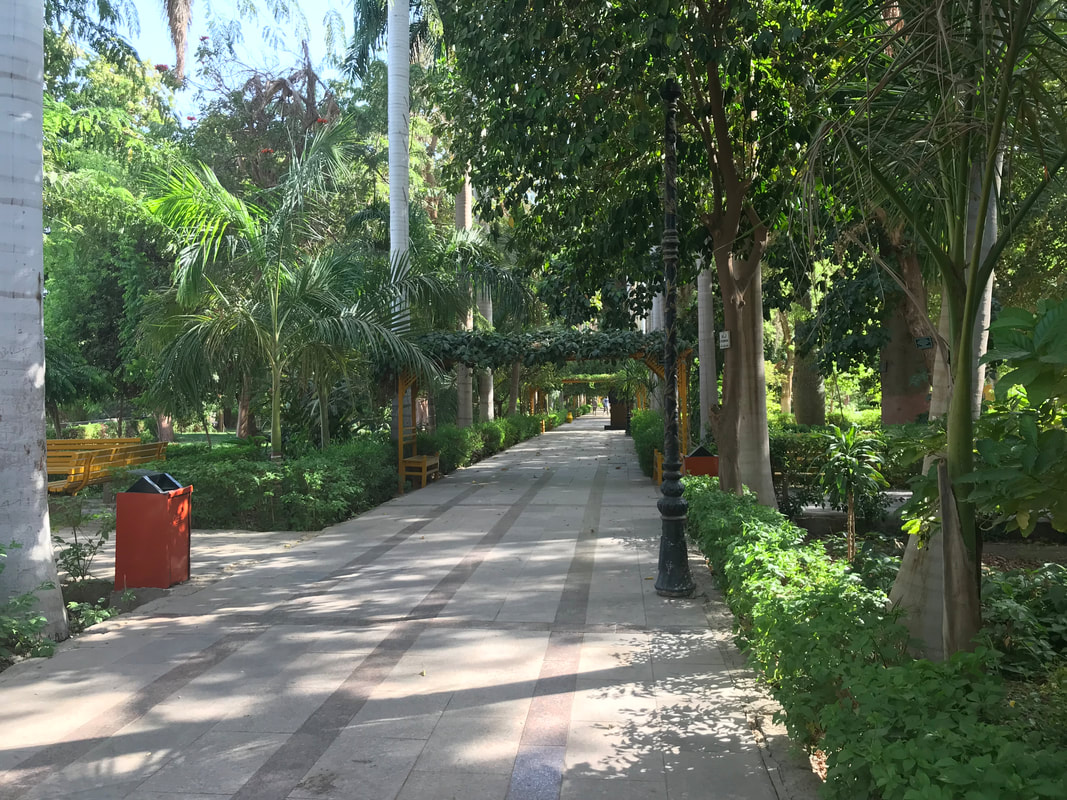
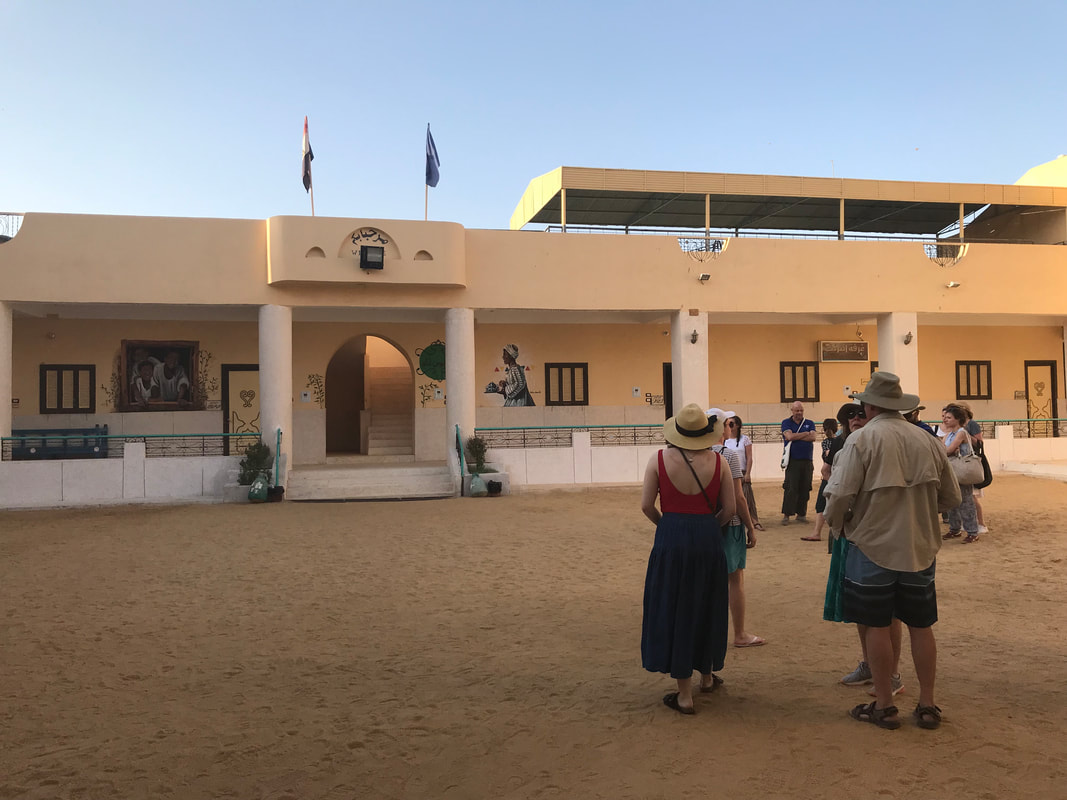
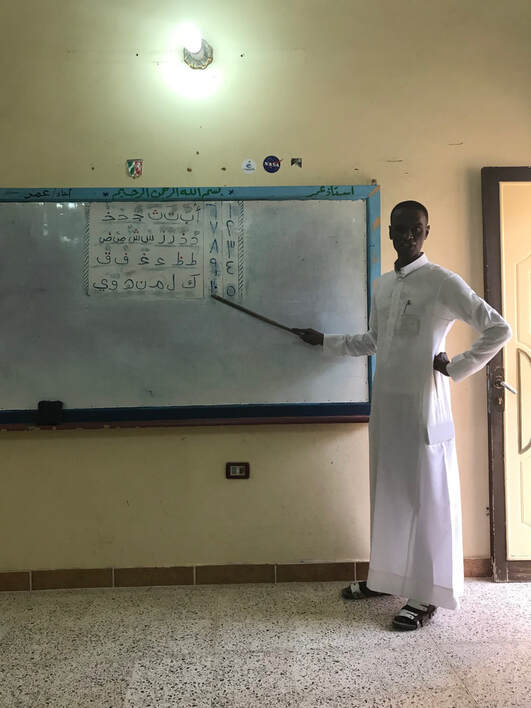
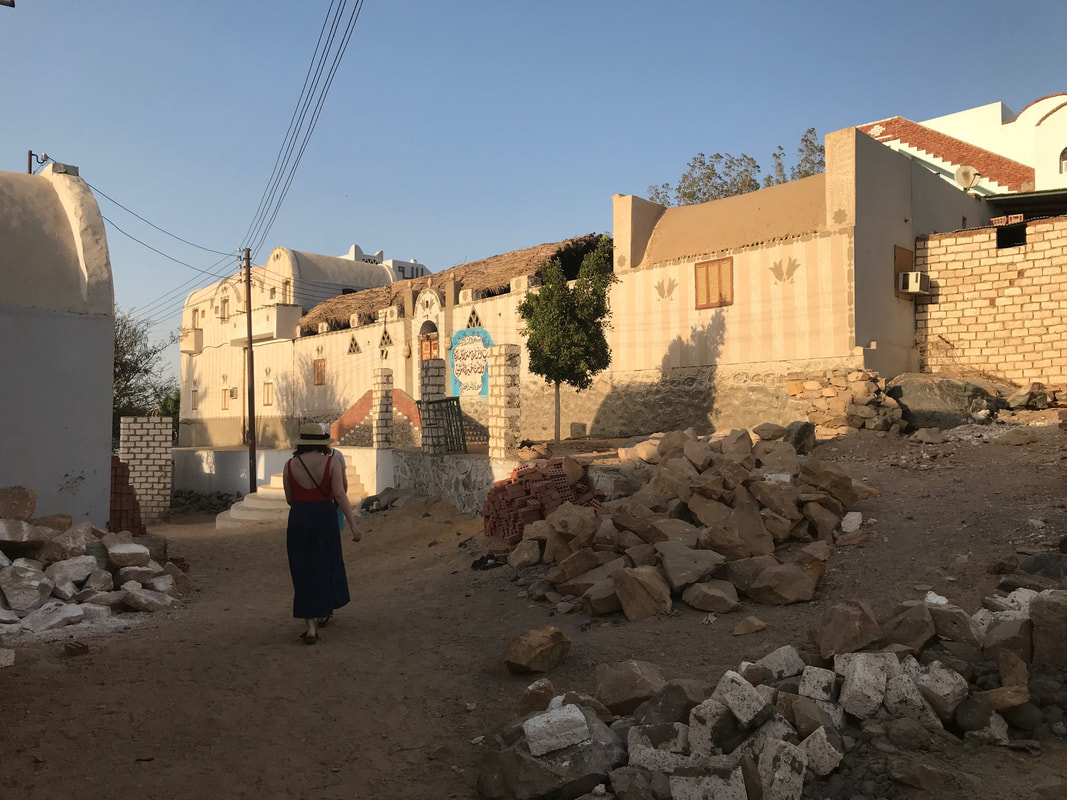
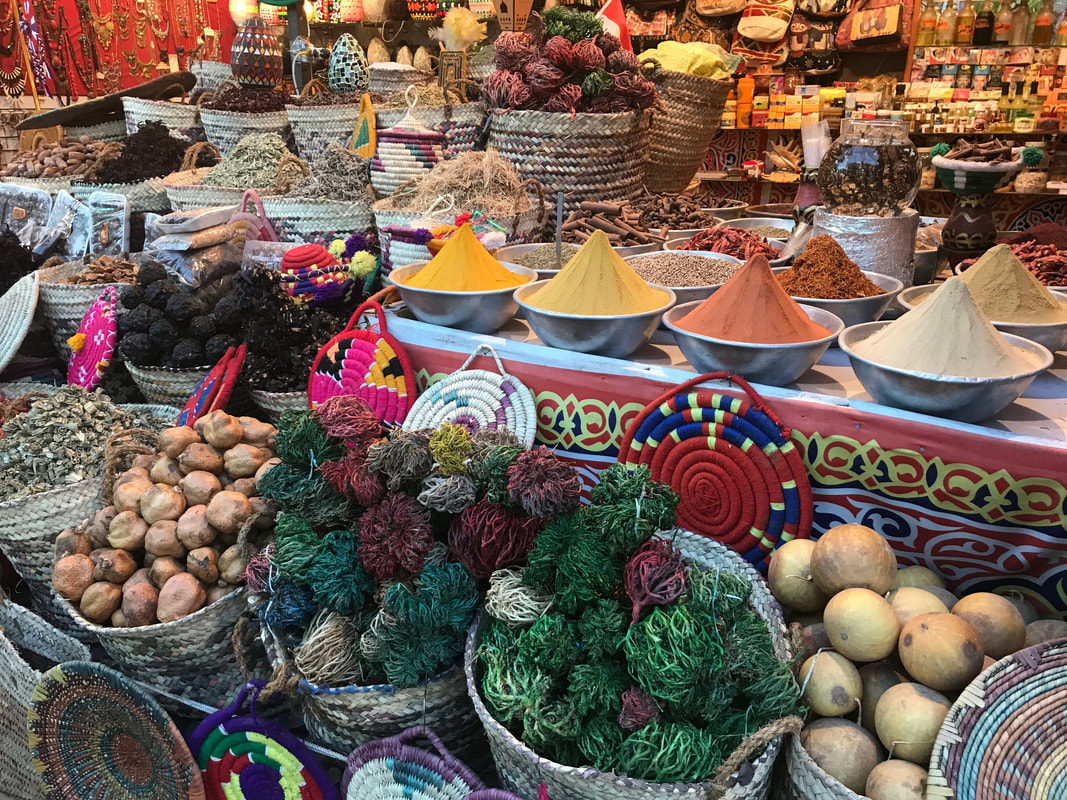
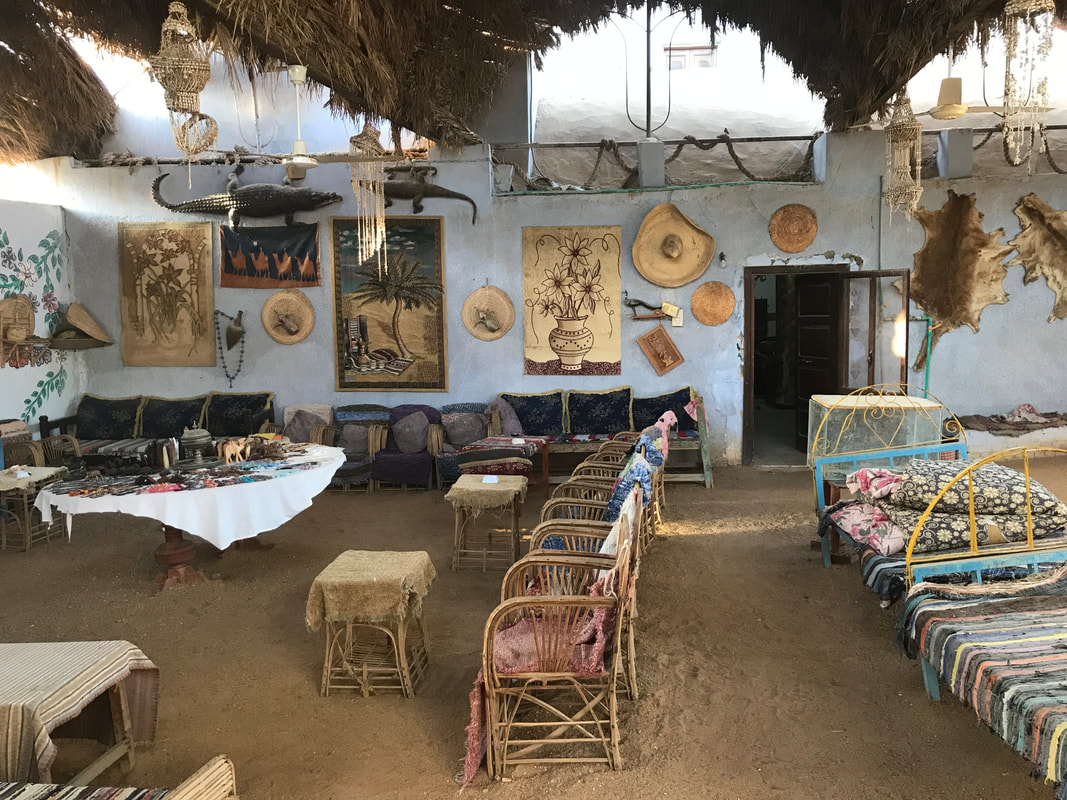
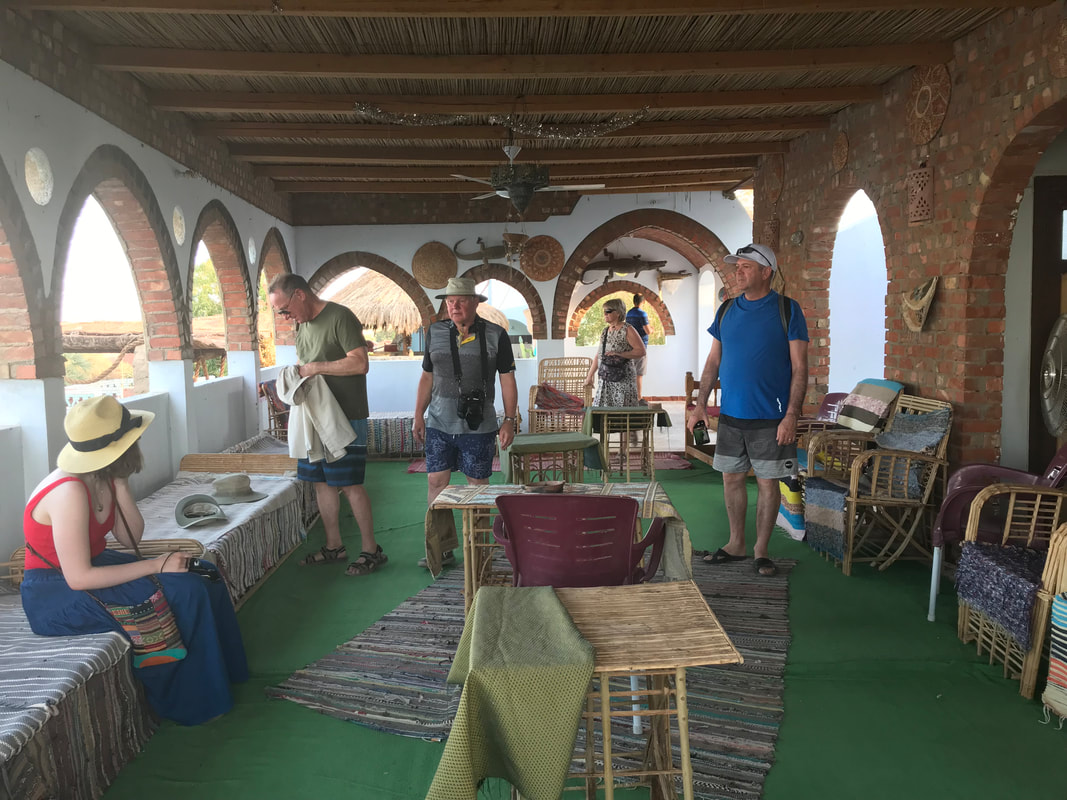
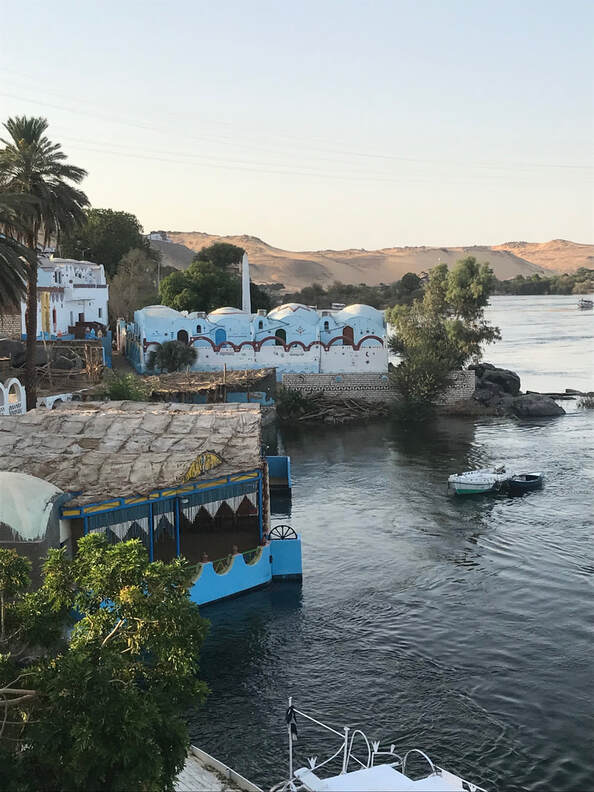
 RSS Feed
RSS Feed